■ What is the weather on January 4th?
From the 4th to the early morning of the 4th to the 5th, when the Quadrantids meteor shower appears, the pressure distribution will be winter in northern and eastern Japan, so the starry sky can be seen toward the Pacific Ocean such as the Kanto and Tokai regions, and there is a chance to find a meteor. On the other hand, from Hokuriku to the north, clouds tend to spread toward the Sea of Japan, making meteor observation difficult. In western Japan, the starry sky is often blocked by clouds due to the influence of low pressure systems and fronts that pass over the sea in the south, and it is likely that meteors will be searched through the gaps in the clouds.
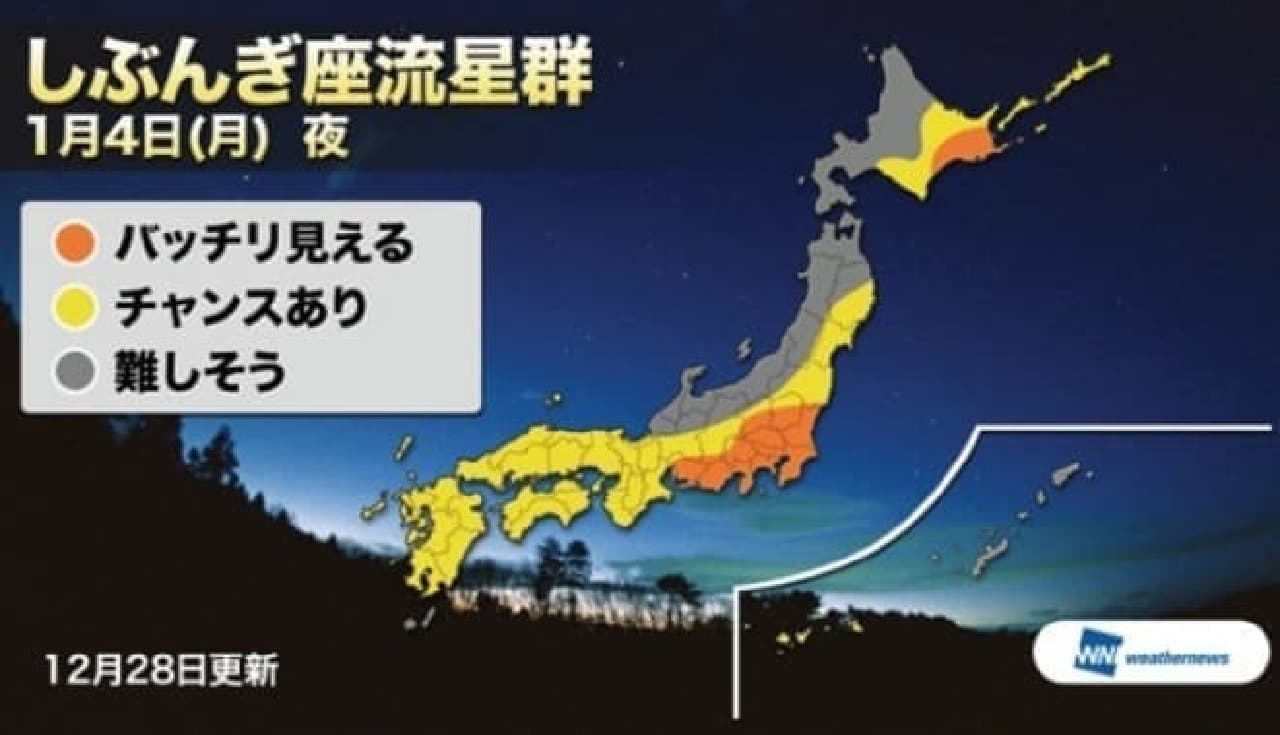
The information released this time is based on the forecast as of December 28th. For the latest weather, please check the Weathernews special site for PCs "Quadrans Muralis 2016" and the special site for smartphones " Quadrans Muralis 2016 ".
■ What is "Quadrans Muralis"?
The "Quadrans Muralis" is one of the three major meteor showers along with the "Perseids" in August and the "Geminids" in December. It peaks every year at the beginning of the new year. The constellation "Quadrans Muralis" no longer exists, but it was named after the constellation "Quadrans Muralis".
The radiant point is near the boundary between "Boötes", where the 1st magnitude star Arctouse is located, and "Draco", which is located so as to surround Ursa Minor including the North Star.
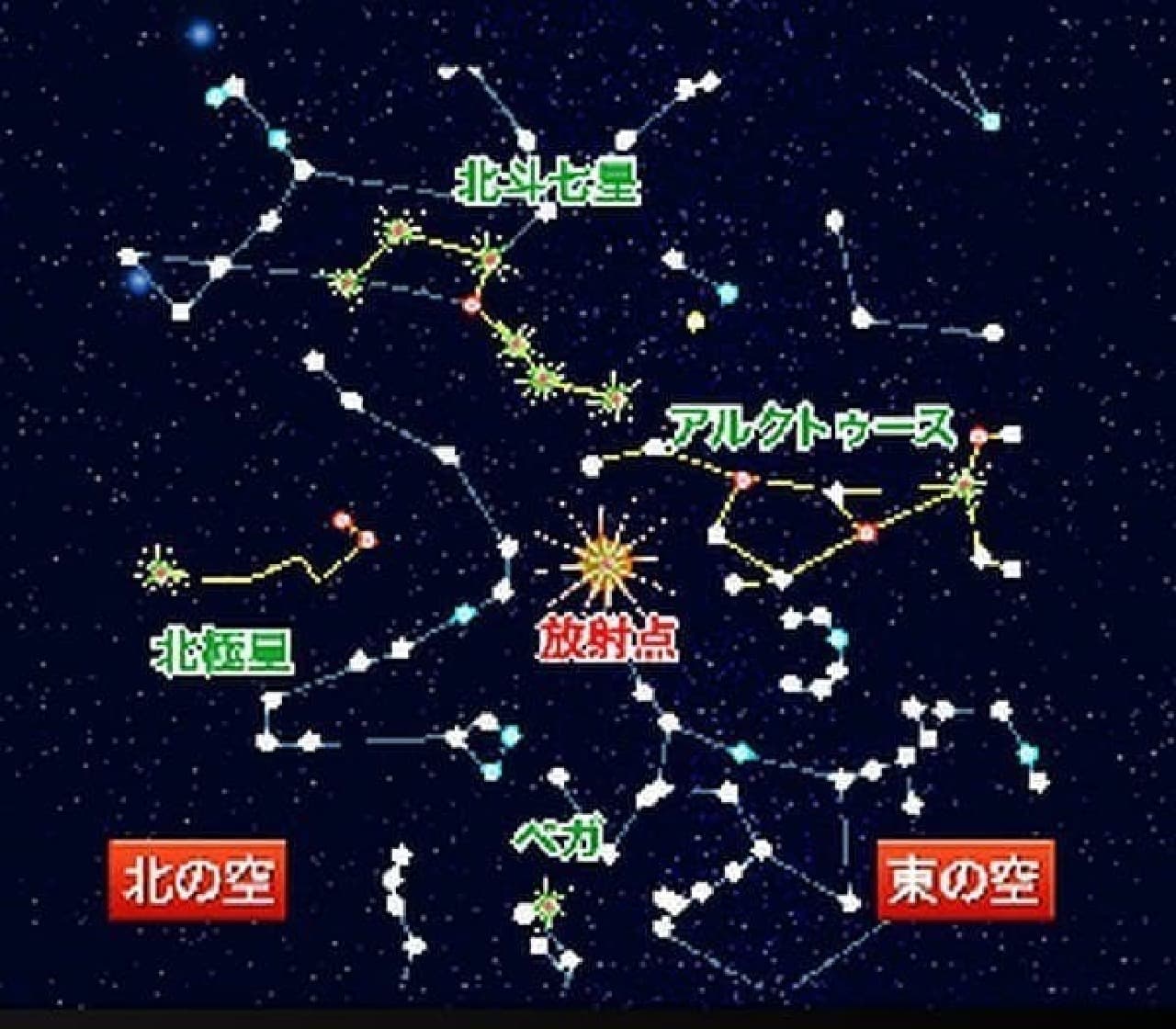
The peak appearance in 2016 is around 17:00 on January 4th. The Quadrantids meteor shower tends to flow at once during peak hours and not so much at other times. In 2016, when the maximum time is in the evening, the observation conditions are not very good. At most this year, about 15 will appear in an hour.
The moon rises after midnight. The age of the moon is 23, which is thinner than the half moon, but the moonlight is still likely to adversely affect observations.
■ "Solive 24" broadcasts " Quadrans Muralis" live from China at 6 locations nationwide
The company's 24-hour live program "SOLiVE 24" runs from 23:00 to 25:00 on January 4th. (Pre-programs start at 22:00) Special programs will be broadcast. Live broadcasts of meteors from 6 locations in Japan and locations in China will convey meteor images and comments from observation staff in real time. The program can be viewed on YouTube and Nico Nico Live Broadcasting, as well as on the smartphone app "Weathernews Touch" "SOLiVE 24 Ch.", TV (BS 910ch), and the PC special page "Quadrans Muralis Meteor Shower 2016".
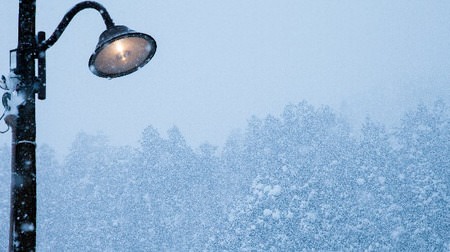
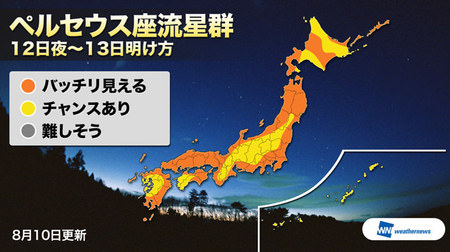
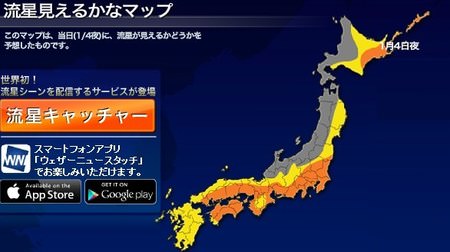

![LUSH releases new album "Collaboration Shimasu 3" on April 21 with rhyming ensemble [Monyu Sode] and a variety of guests, featuring a rich variety of songs by a wide range of artists.](https://image.enuchi.jp/upload/articles/14221/7028dd2a3fa9a2bec15a85fbf3924b56_special.jpg)












